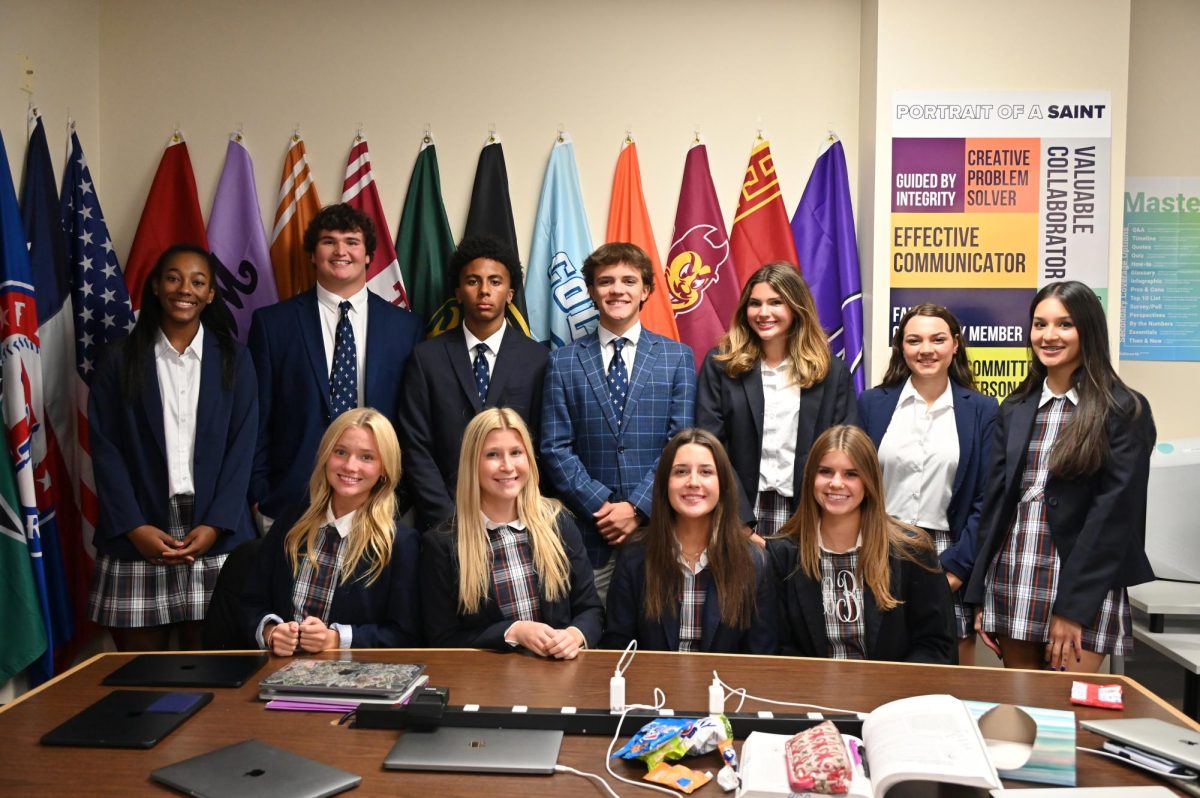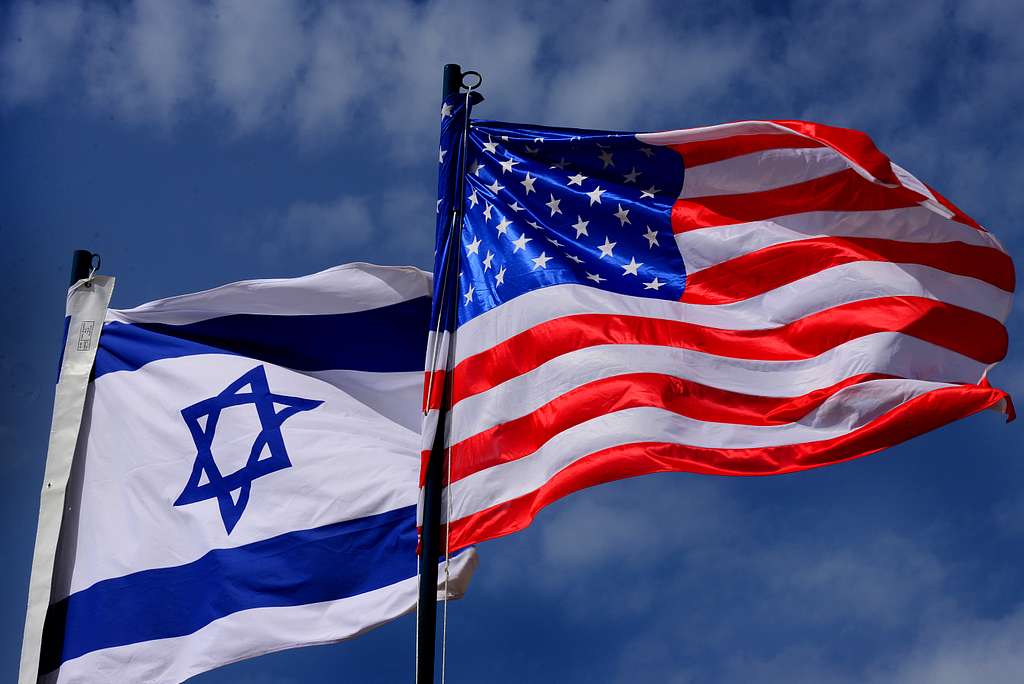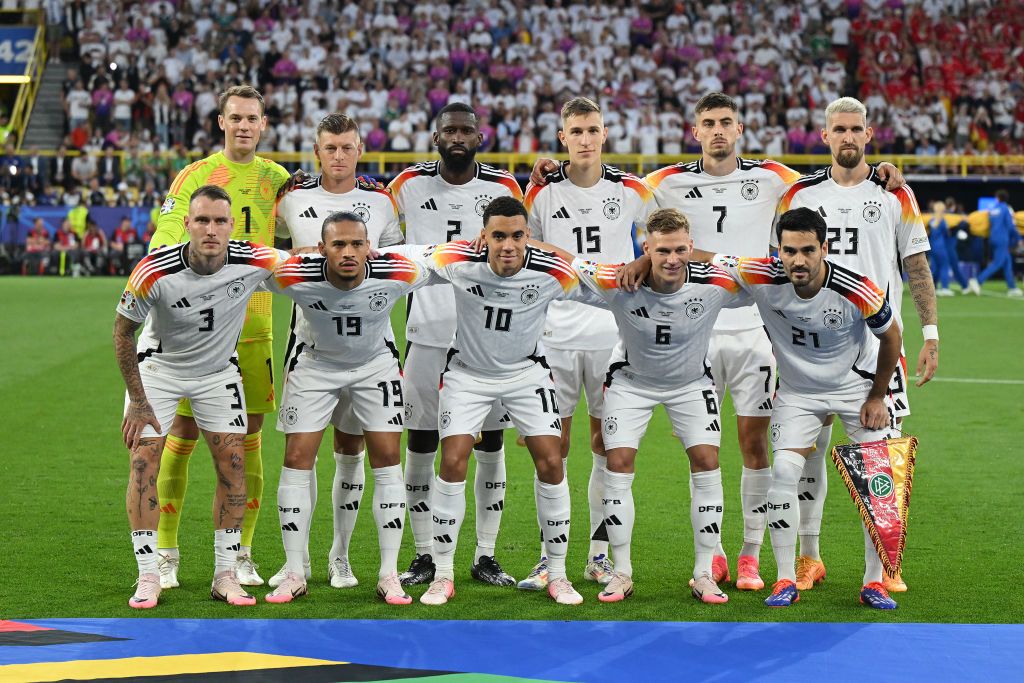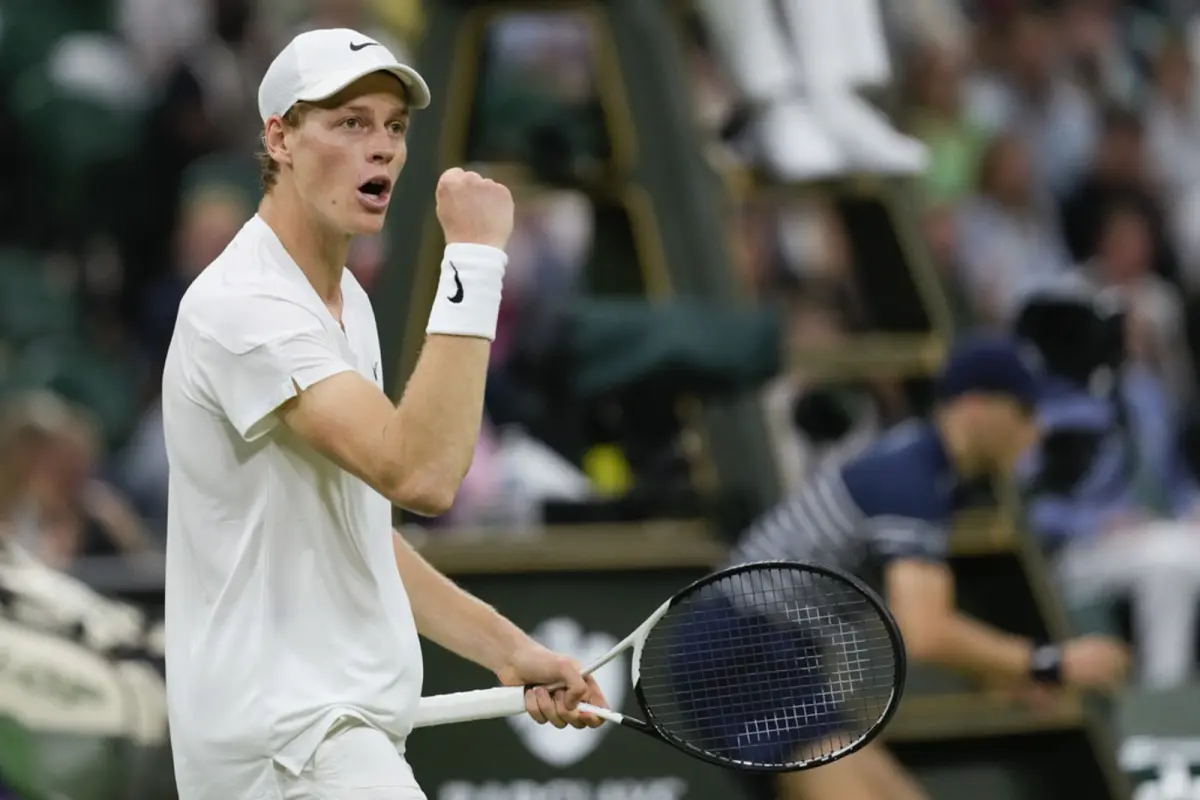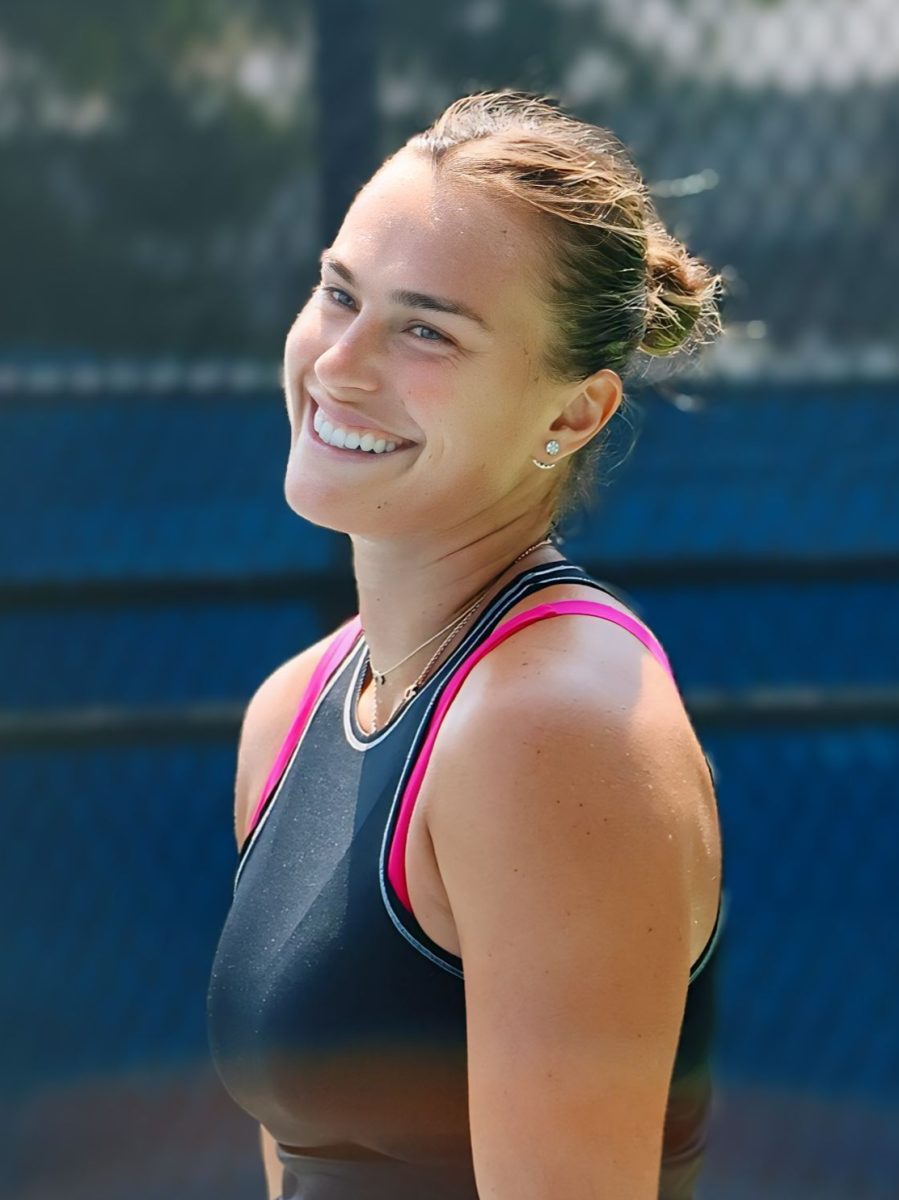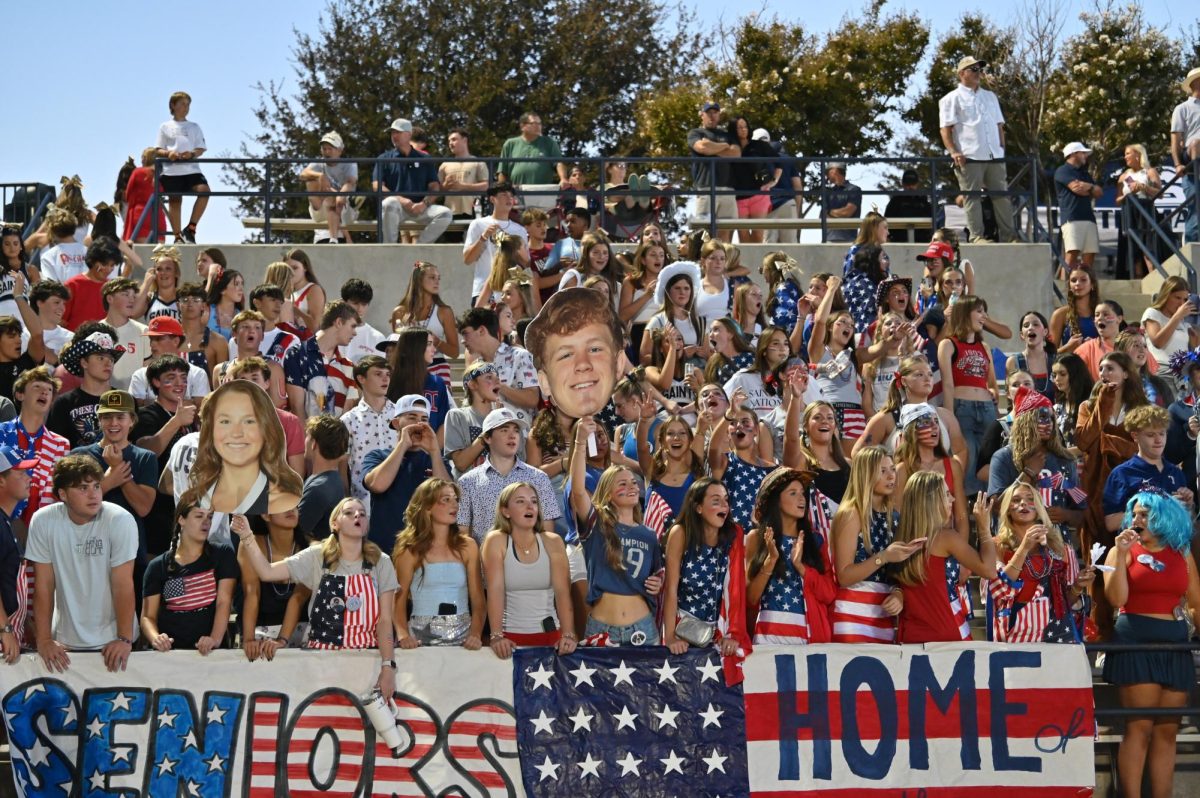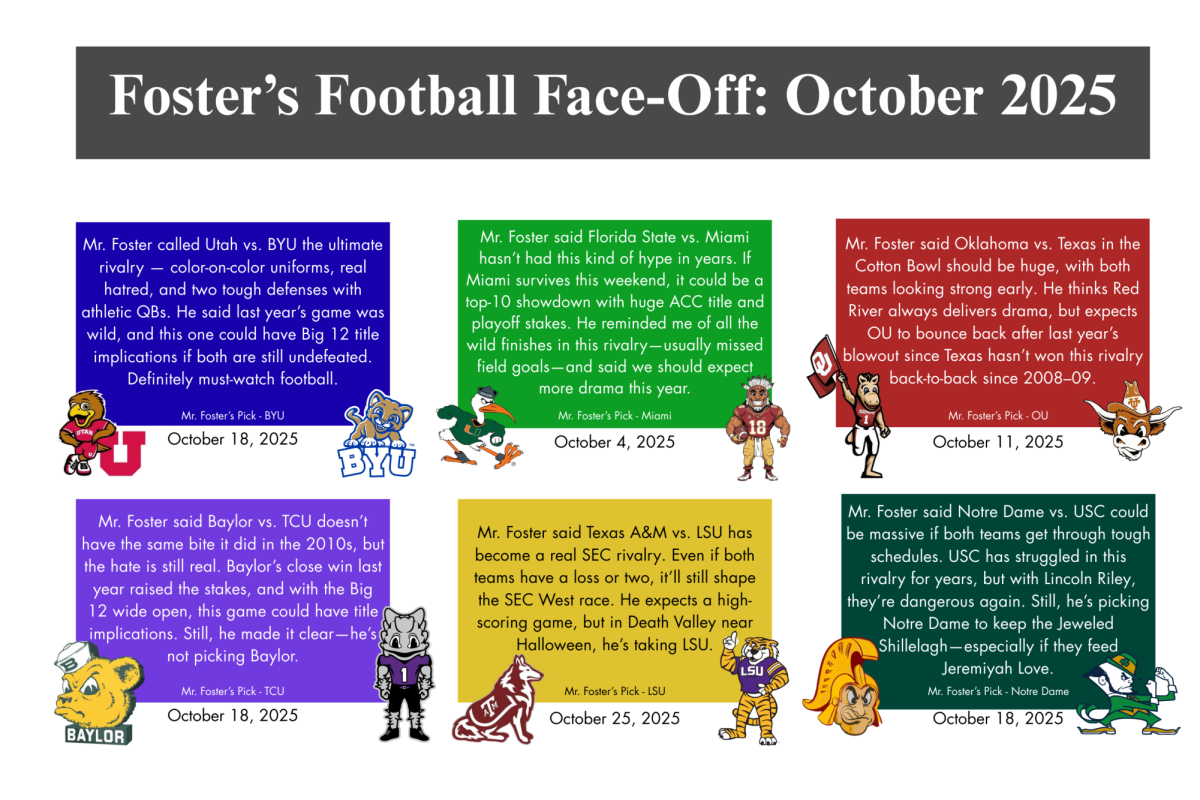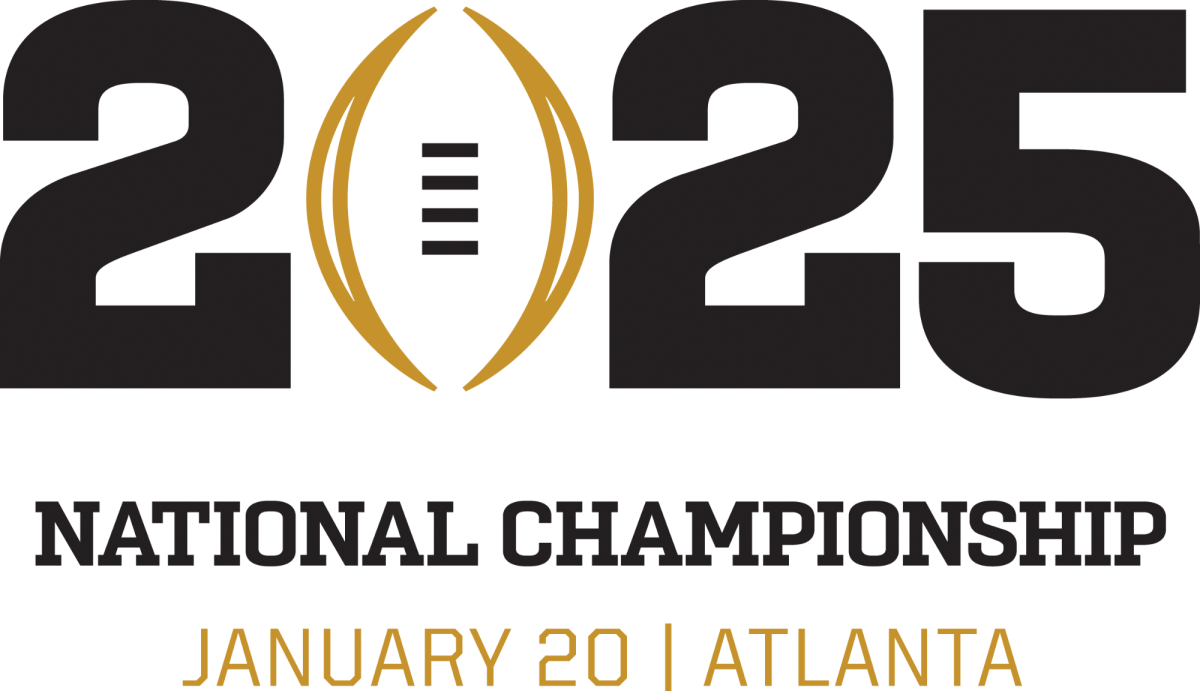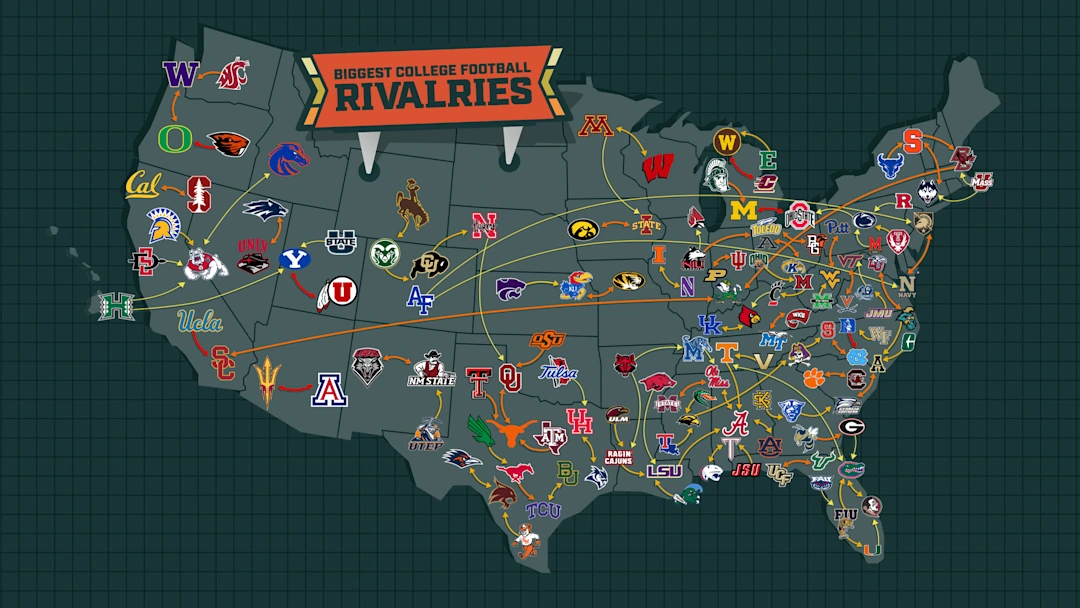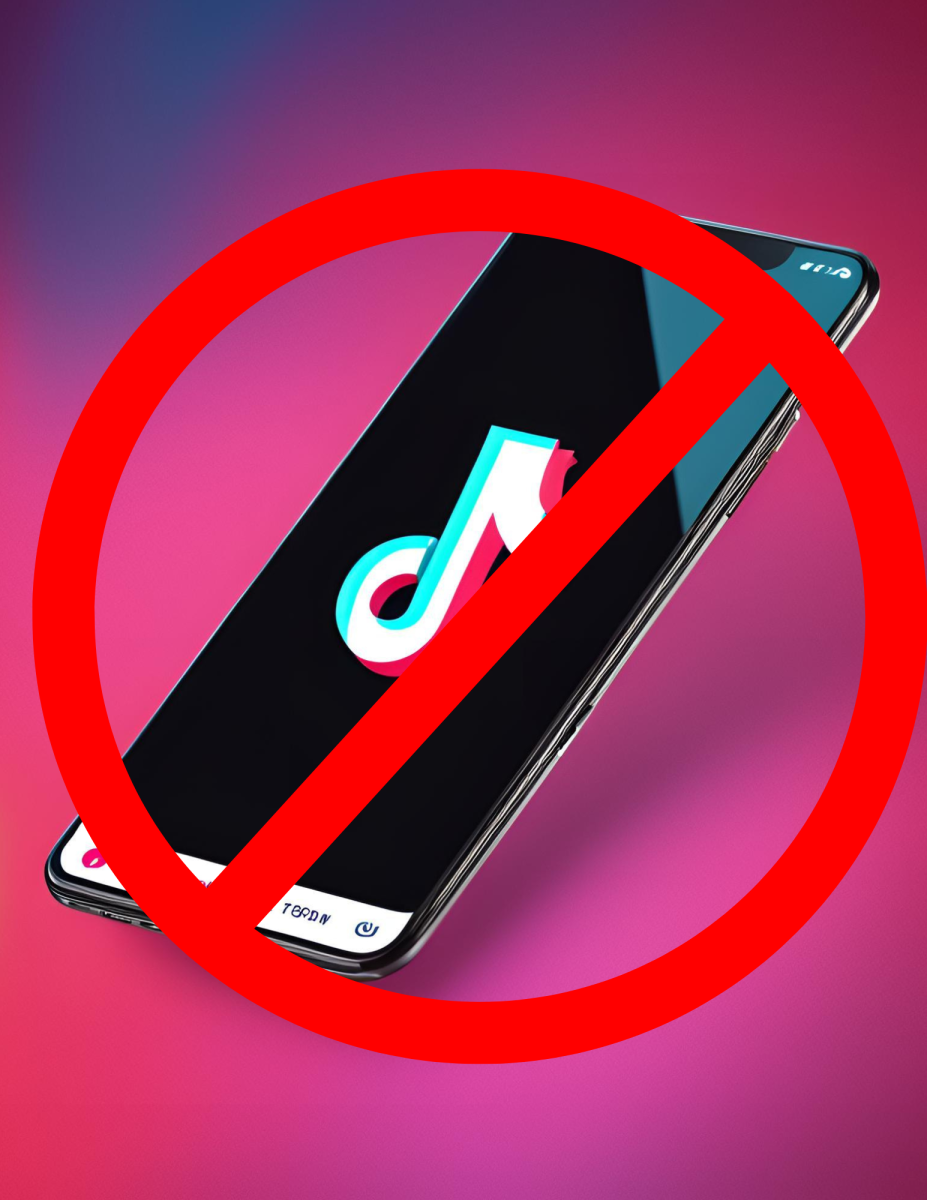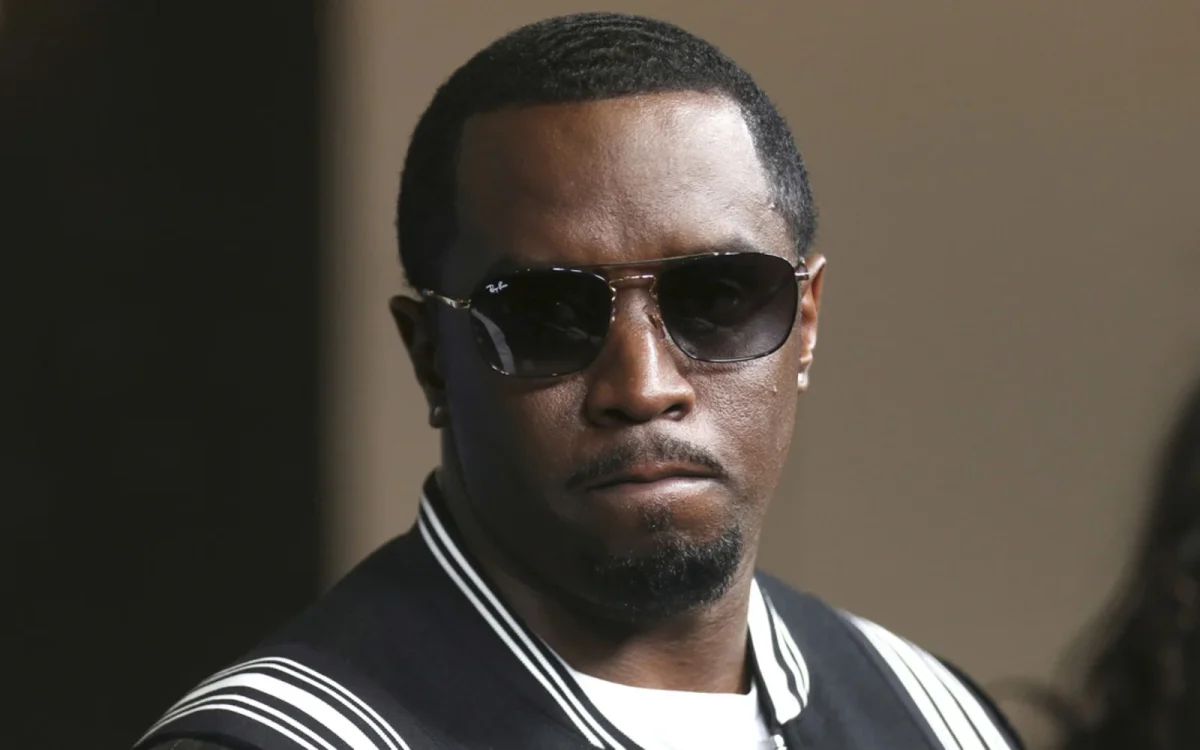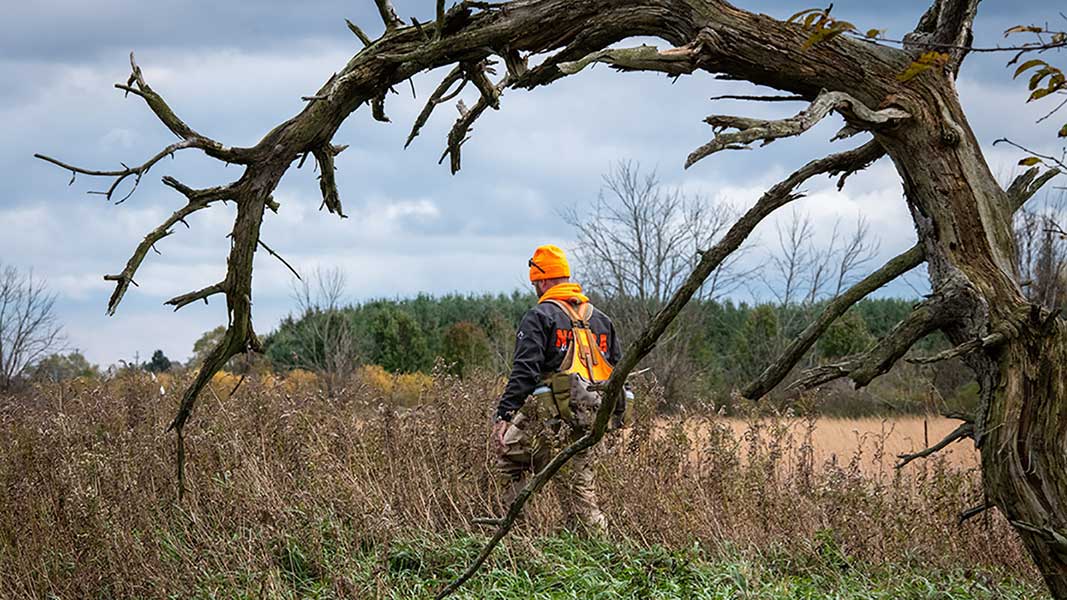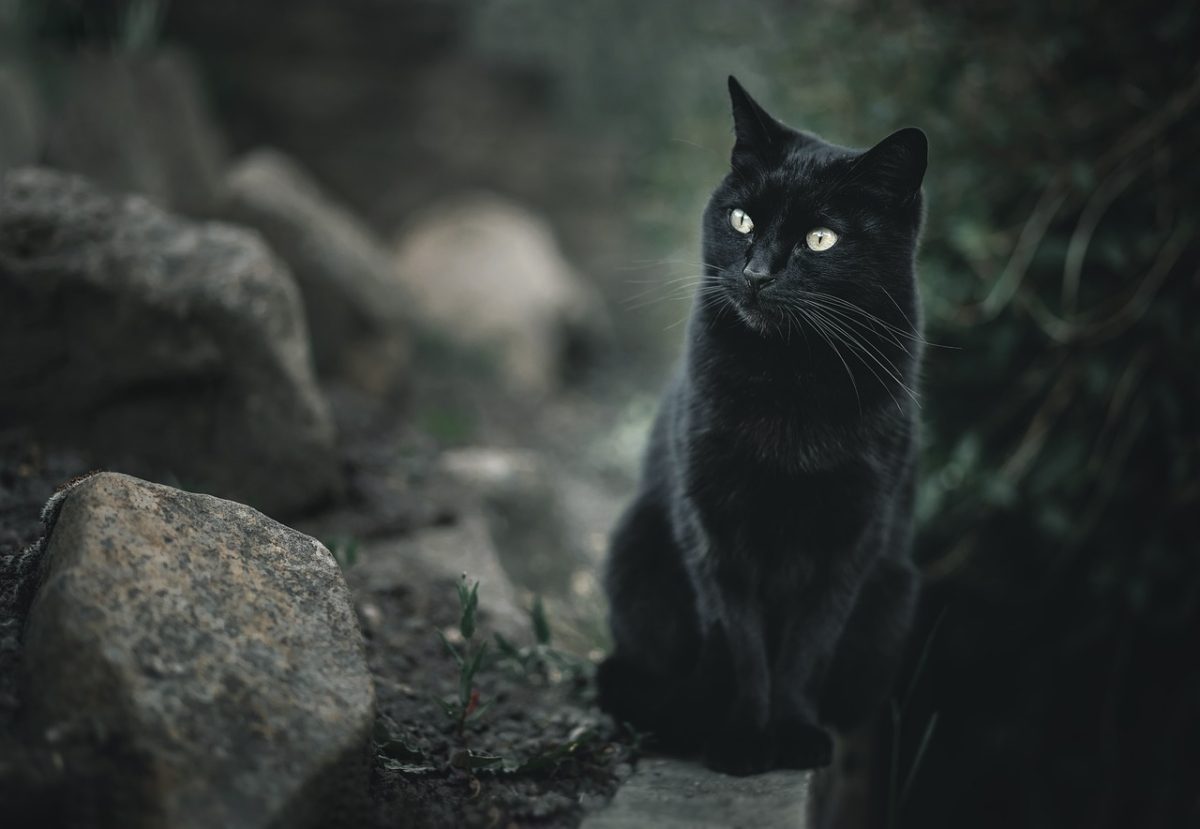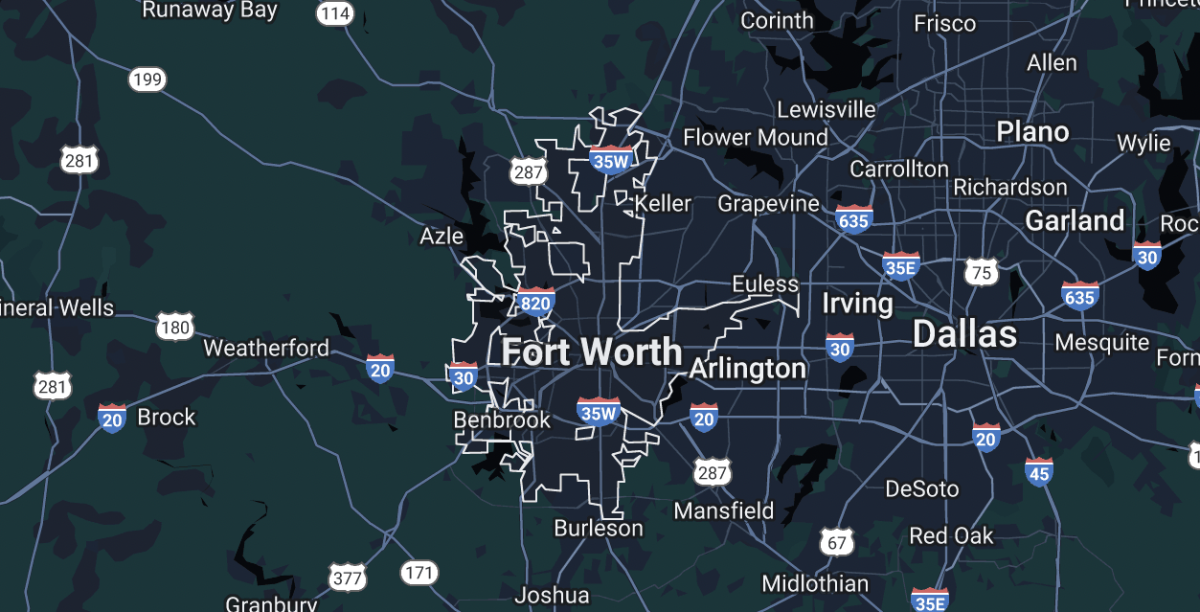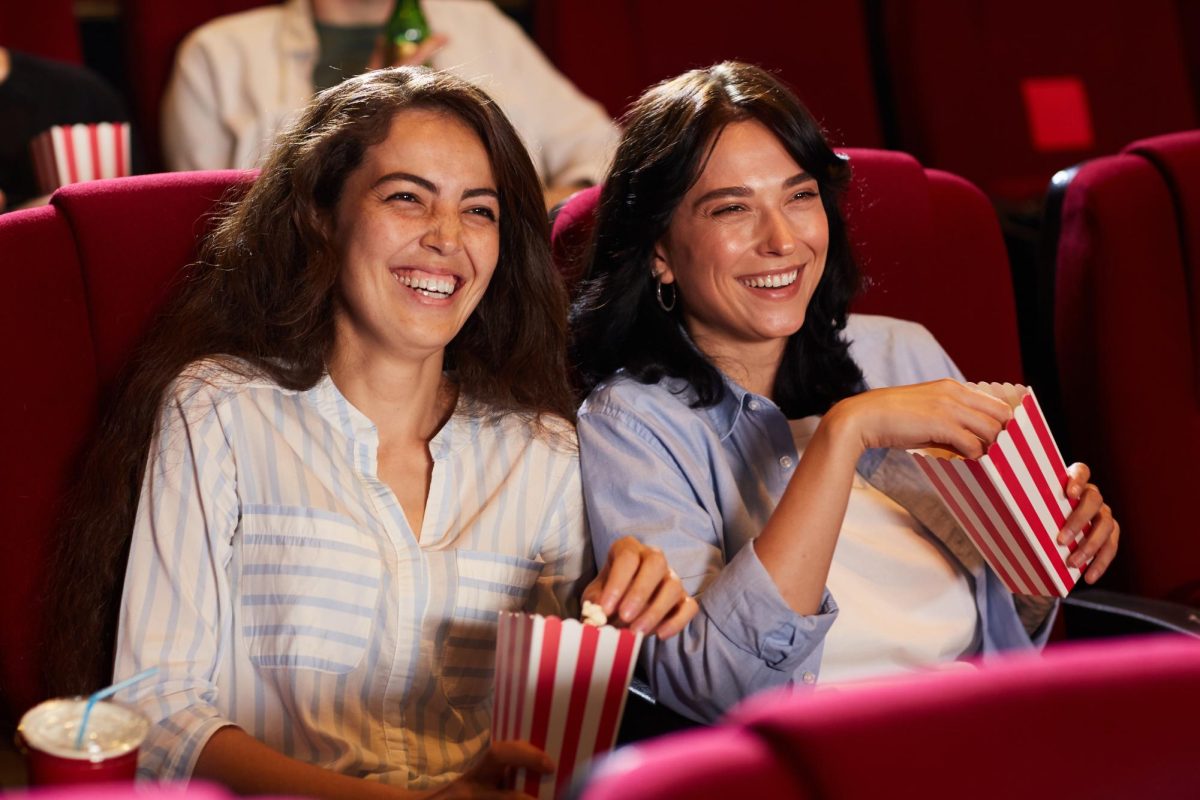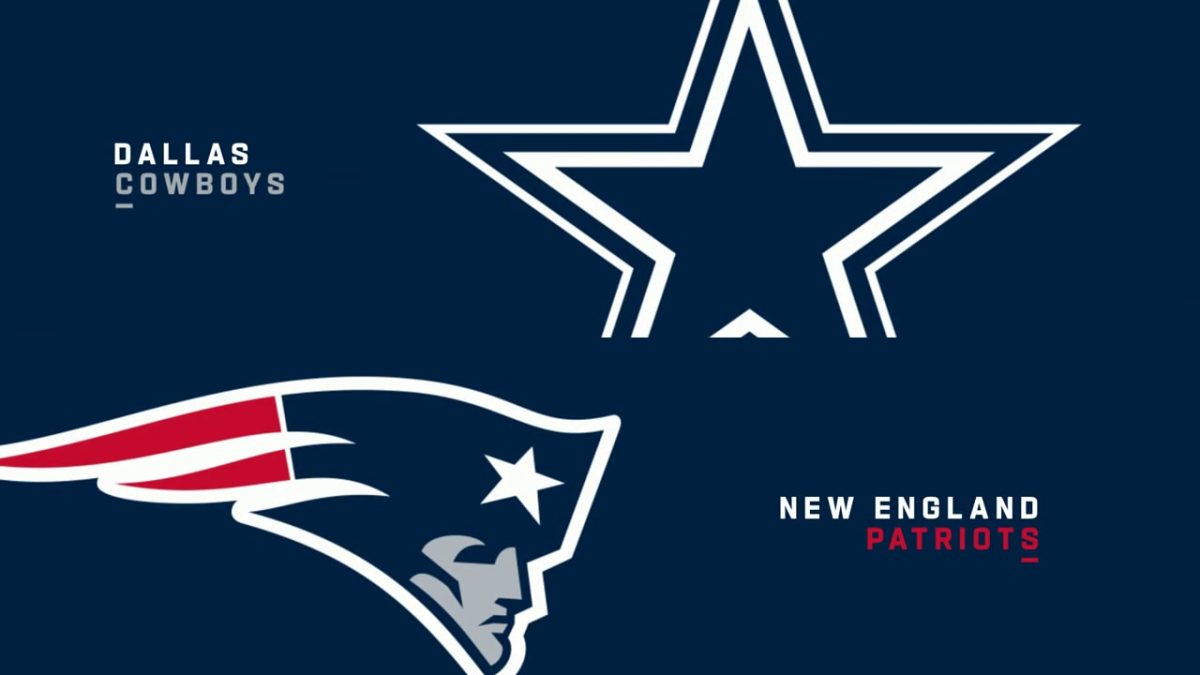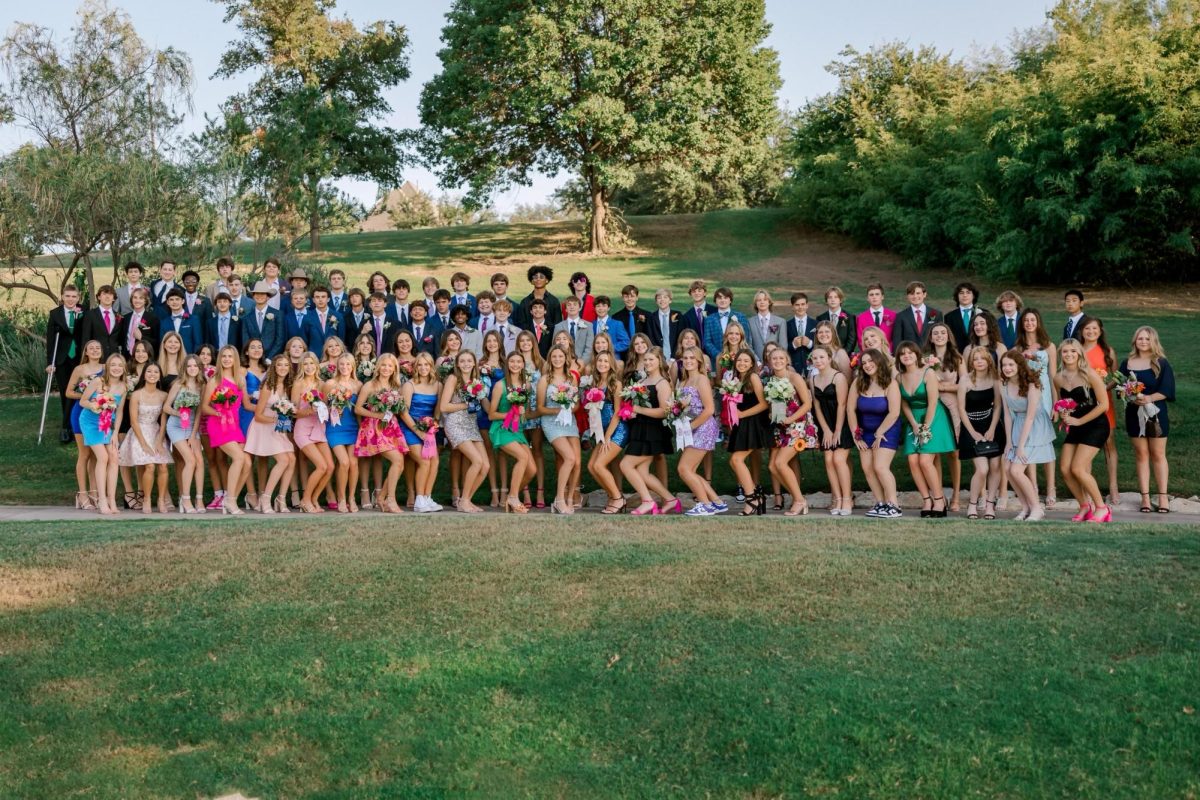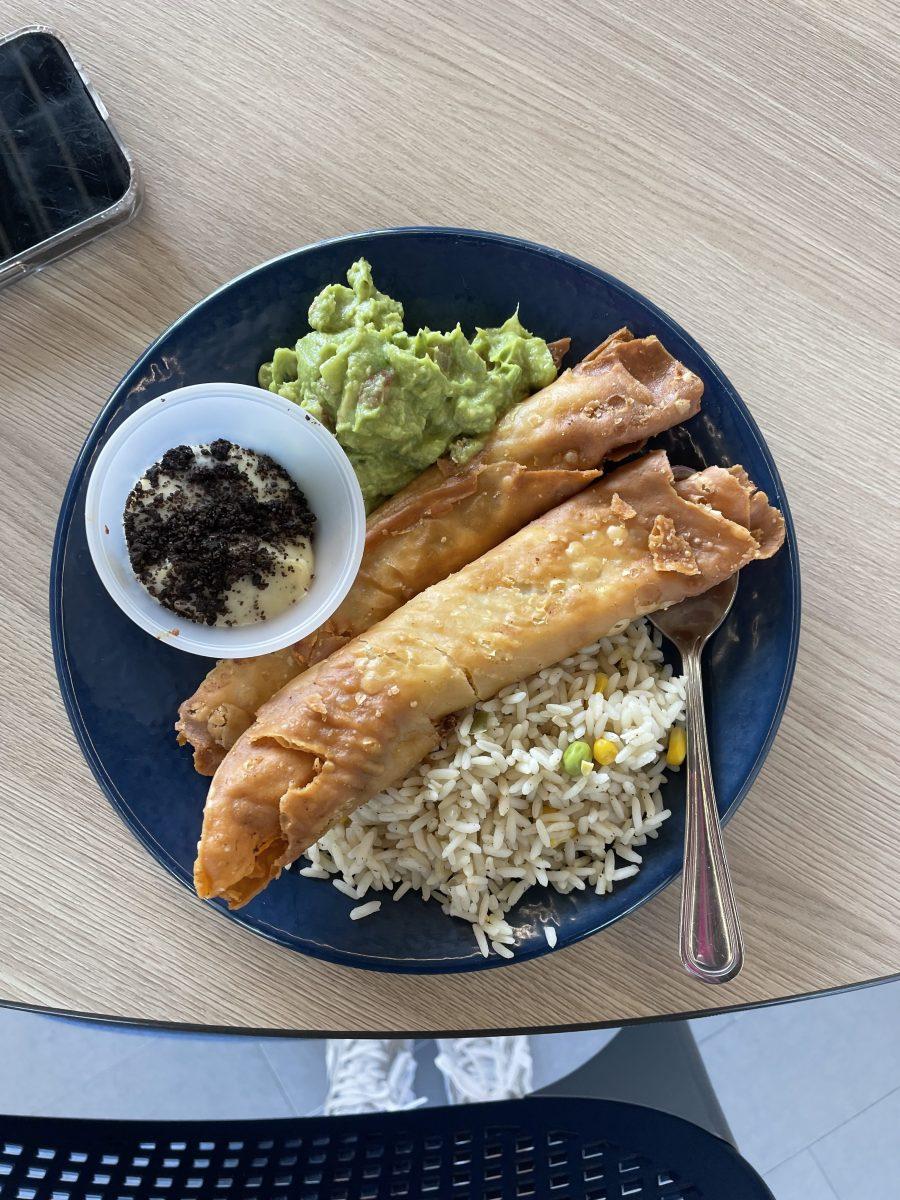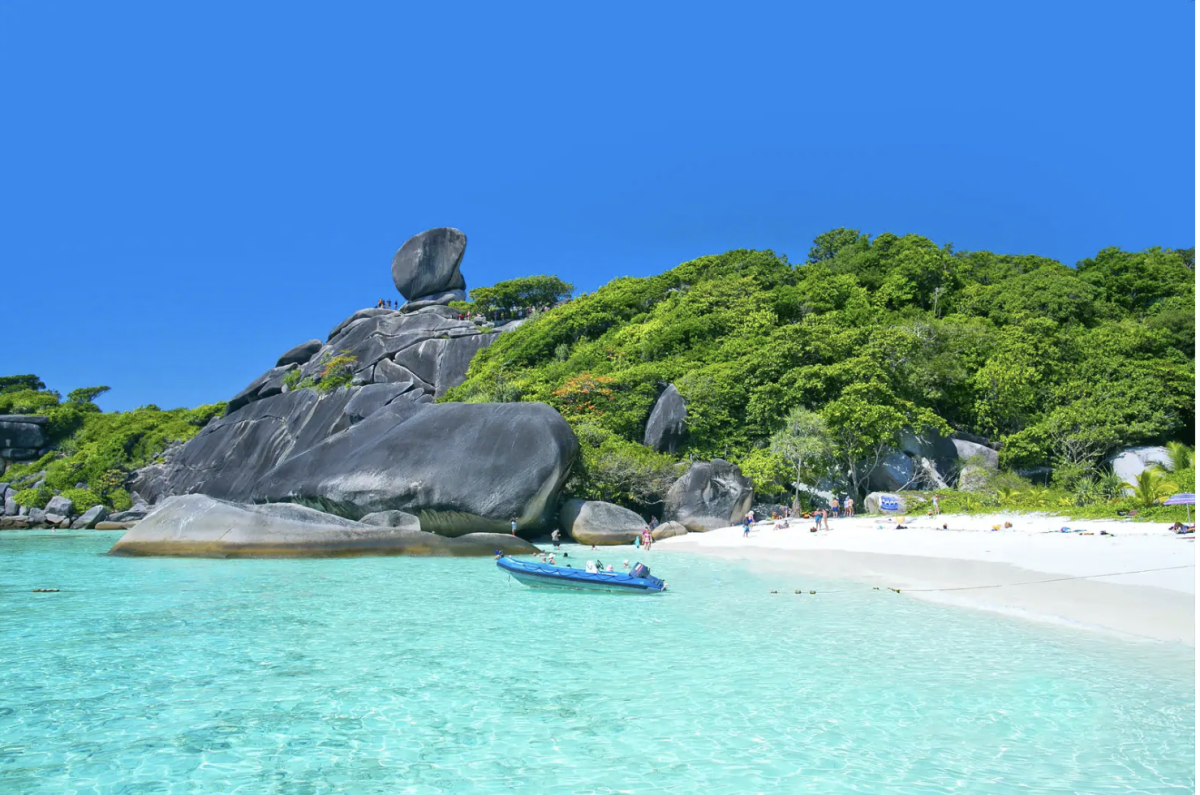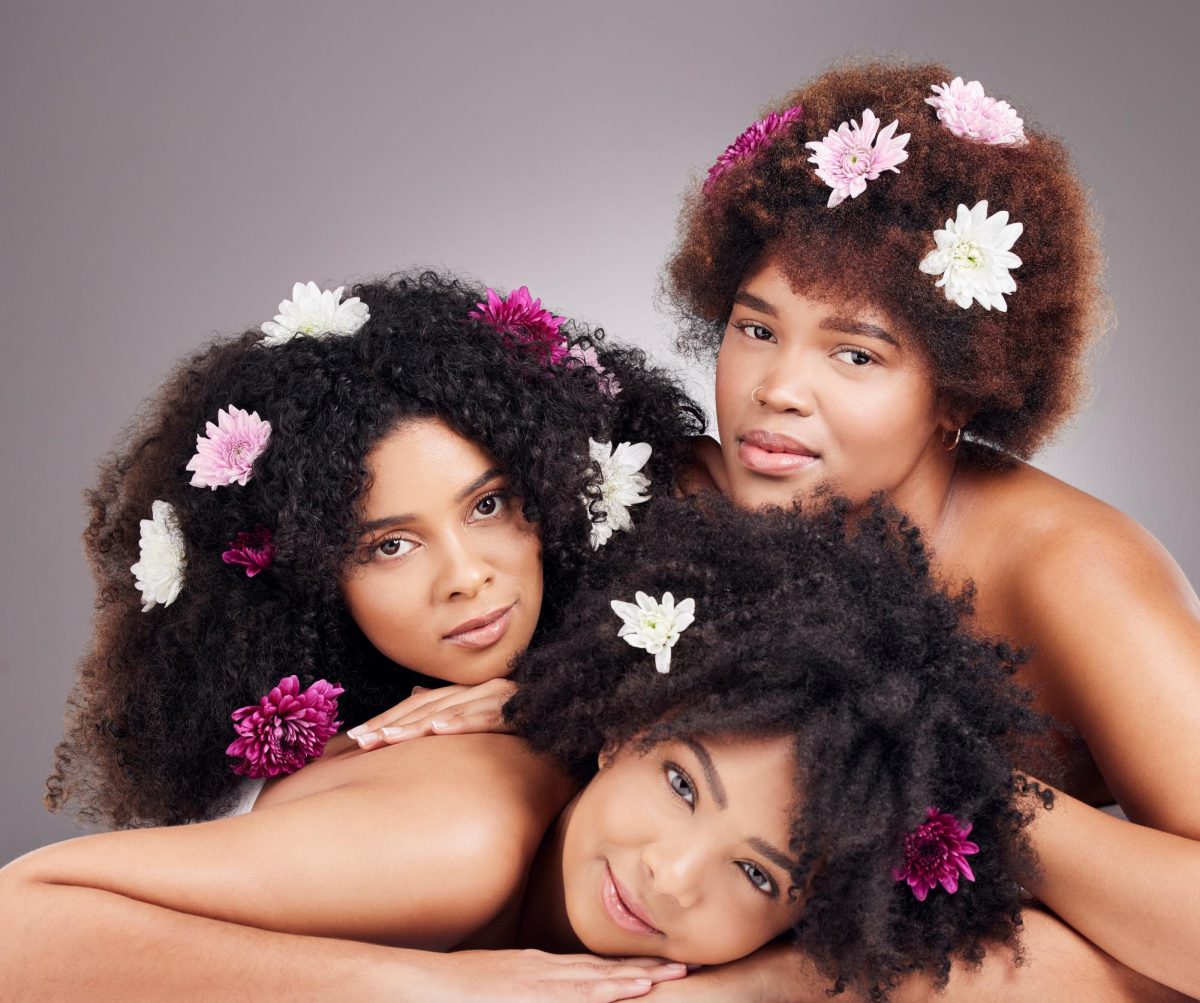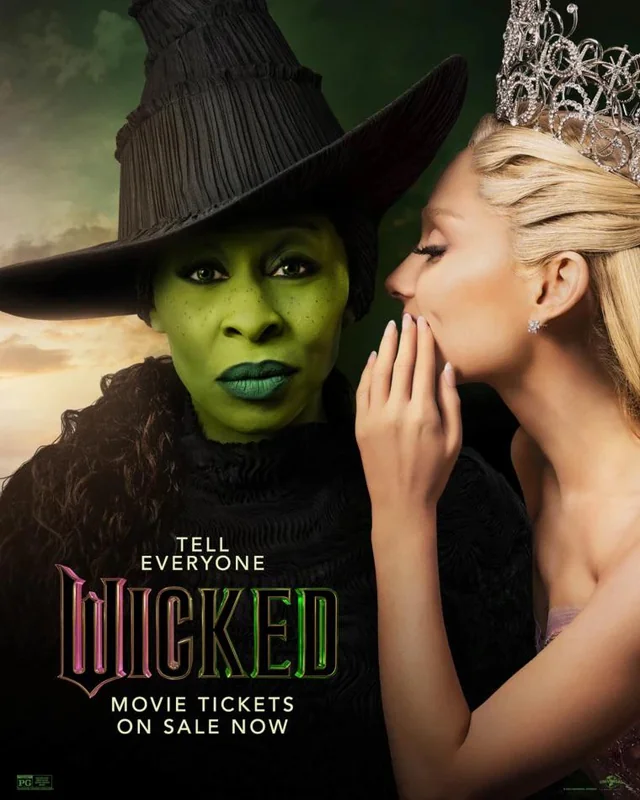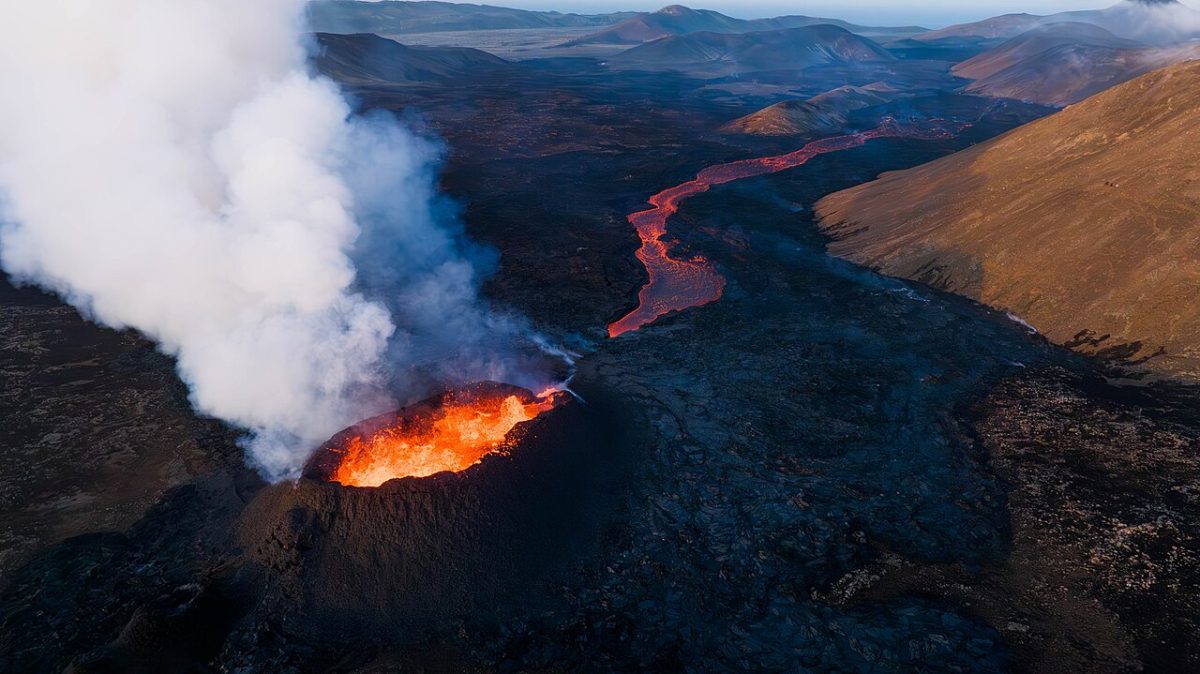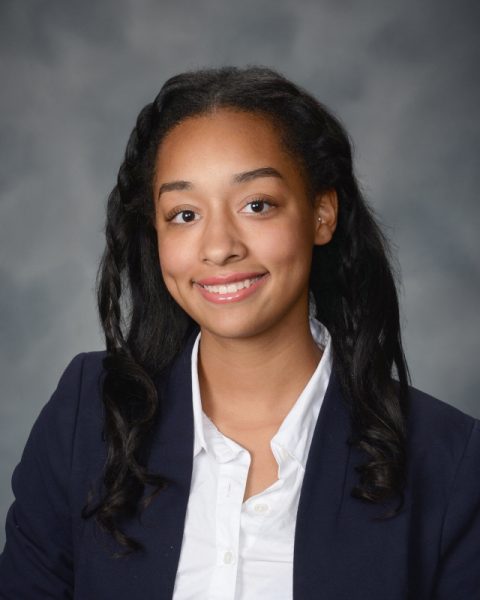Within female sports, a silent barrier exists that often goes unnoticed – the struggle for inclusivity in hairstyles.
At many private schools where tradition and uniformity reign supreme, the battle for acceptance of natural hair textures among athletes rages on. Within this struggle, cheerleading stands as both a symbol of unity and a reflection of societal beauty standards.
But what if cheer could also become a representation of inclusivity, embracing the diversity of hairstyles that cheer along its sidelines?
Grace Yater, the captain of the competitive cheer team at All Saints’ Episcopal School in Fort Worth, Texas, knows firsthand the importance of accommodating diverse hair textures. “As an All Saints’ cheer captain, I choose hairstyles that the team will wear every week,” Yater explains. “Each girl with all different hair textures, styles, and colors has been able to put their hair up to match the team.”
Yater’s approach to team hairstyles reflects an effort to celebrate diversity while maintaining unity. She acknowledges the potential challenges, such as when the team wanted to incorporate braids. Instead of dictating a single style, Grace creates multiple options, ensuring every cheerleader can participate without compromising their natural hair.
Alumna Sarah Grace Coufal ’16 who was a member of the All Saints’ cheer squad, a former TCU cheerleader, and former (is she still coaching???) All Saints’ cheer coach, echoes this sentiment. “The hairstyles are accommodating to all hair types,” Coufal affirms. “It’s important to put natural hair into consideration when thinking about cheerleading and the way cheerleaders style their hair.”
Sarah recognizes the significance of inclusivity within the team and as a reflection of leadership for the school community. “Being a cheerleader also comes with the role of being a role model for others, especially little girls.”
She emphasizes. “Showing others that being inclusive and celebrating diversity in hairstyles can go a long way!”
Beyond the pom poms and spirited chants lies another playfield where natural hair faces unique challenges – the swimming pool. Anna Kate, a swimmer from Country Day who recently transferred to All Saints, sheds light on the struggles swimmers endure with their hair.
“Most people would think that swim caps keep your hair from getting wet, but they don’t,” she explains. “It still gets wet, and the worst part is, it’s so tight that your hair gets in knots super easily.”
Anna Kate describes the various strategies swimmers use to deal with the effects of chlorine and maintain hair health, from specialized shampoos to immediate post-swim showers.
In the broader context of female sports, the issue of natural hair inclusivity extends beyond individual experiences. It originates from institutional policies and societal norms, prompting a call for change. The journey towards embracing natural hair in female sports has its challenges. Resistance may emerge from various quarters, reflecting deeply entrenched societal norms.
Yet, the potential impact on athletes’ well-being and the educational opportunity presented by this initiative must be addressed. As the conversation gains momentum within the All Saints community, voices from students, parents, educators, and administrators converge in a chorus of advocacy for change.
In the end, the quest for inclusivity embodies a fundamental principle of acceptance and respect for individuality. Whether on the sidelines of a cheerleading competition or in the lanes of a swimming pool, every athlete deserves to feel valued and celebrated, regardless of their hairstyle.
As All Saints’ embarks on this journey towards greater inclusivity, it not only enhances its reputation but also cultivates a culture of unity and empowerment that resonates far beyond the confines of its campus.



